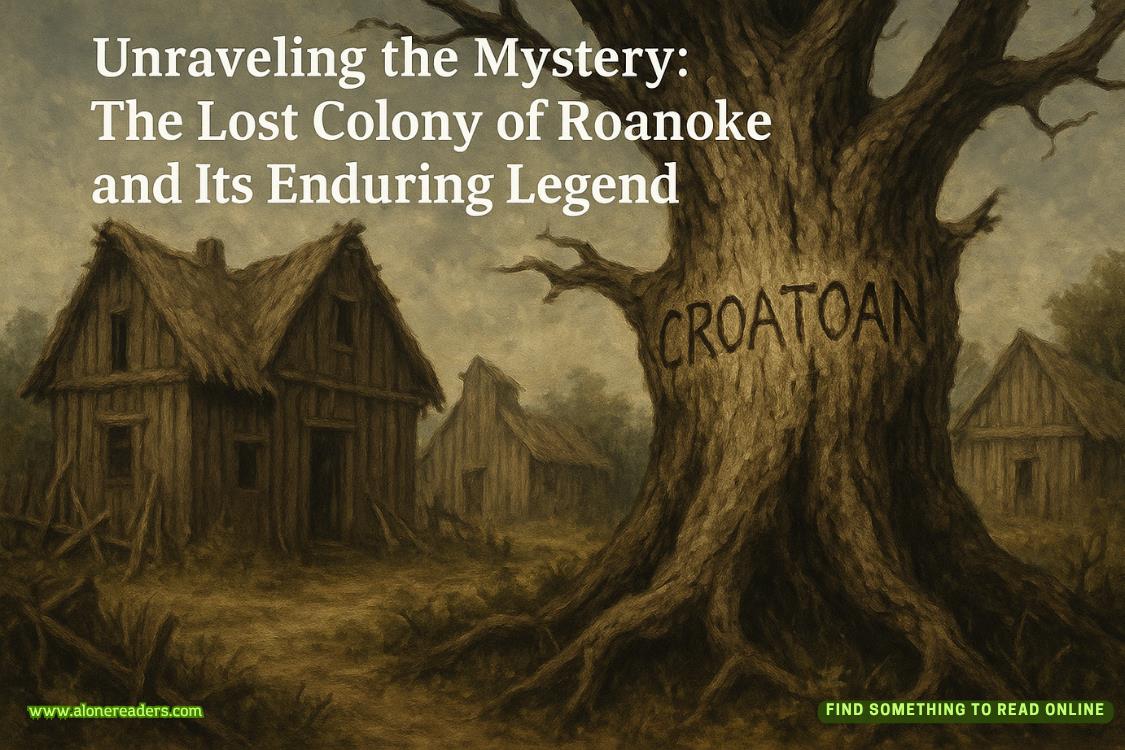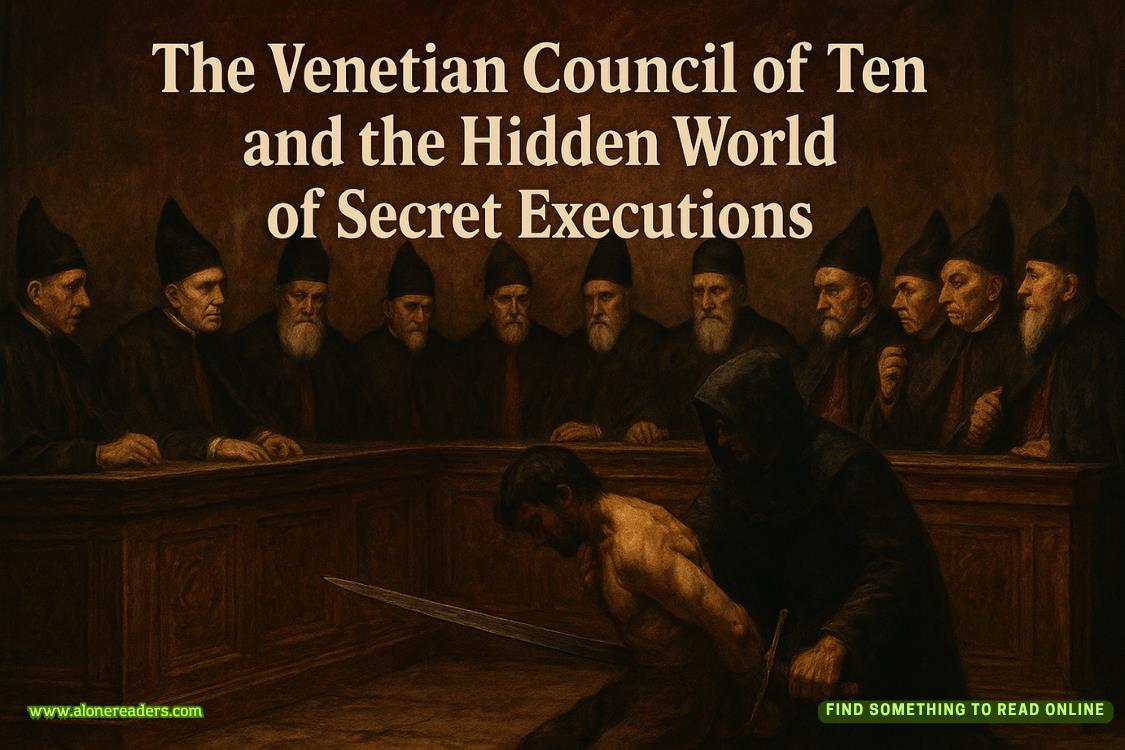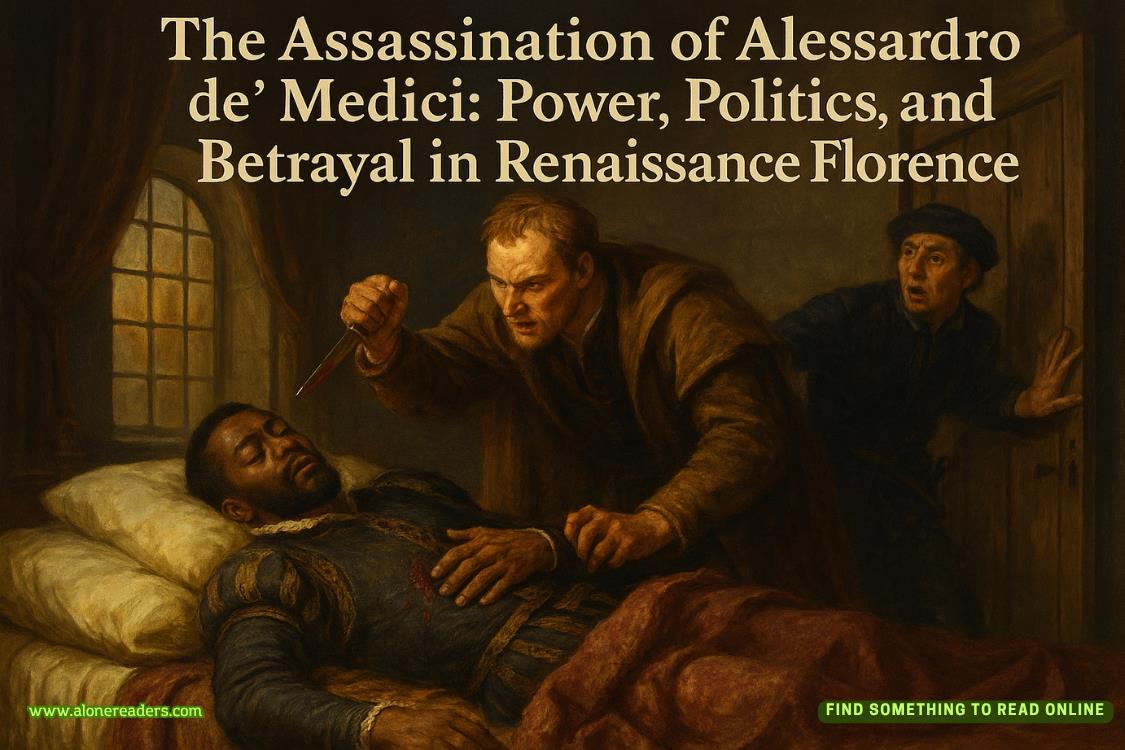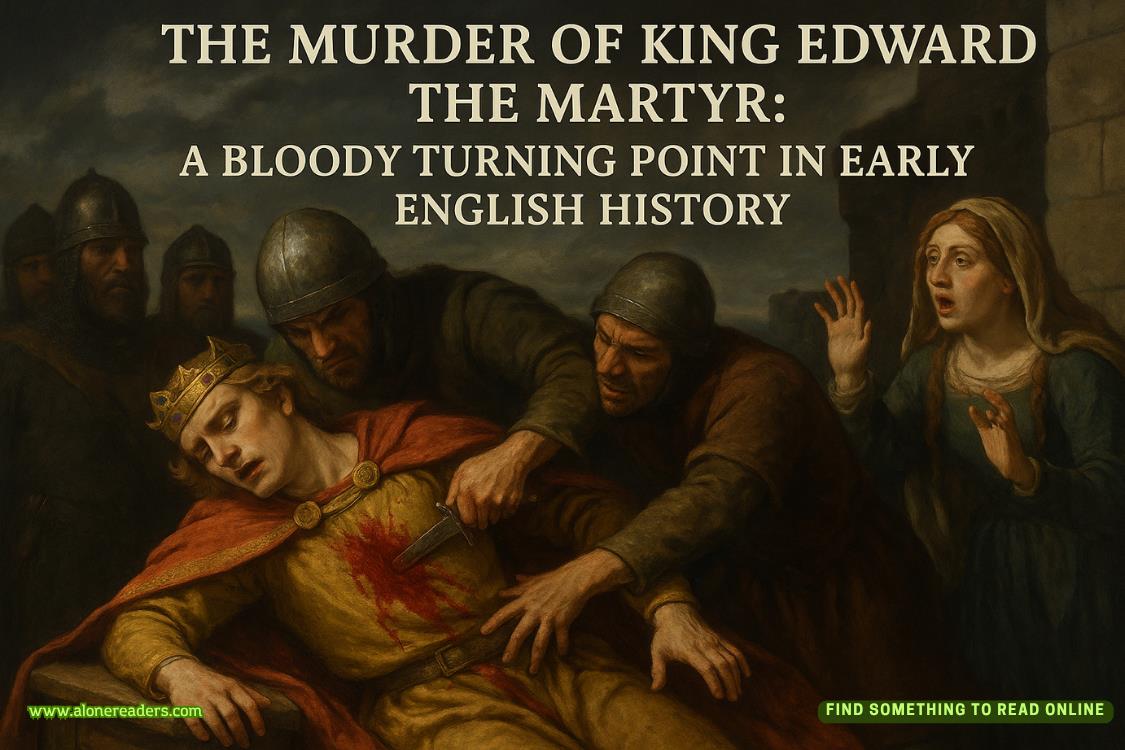“But—it’s just dirt. You didn’t plant anything. Yousaidyou were going to plant petunias and poppies and peonies, but you never did.”
“That’s the point! It’s the lack of flowers we must protect.” She crouched down to examine the soil. “Hmm,” she said. “No footprints.” Miranda looked across the yard to the shed on the other side. “Doyou think someone could have shot an arrow from on top of that?” she asked.
“Across the yard and in through the window?” asked Andrew. “I don’t see how. The arrow would have had to pass through solid glass. The transom above the window was closed, remember.”
“I thought perhaps the killer might have fired the arrow when the transom was open, and then used fishing wire or something to pull down the latch from the outside afterwards. Alas, there are no footprints in the flower bed, and no fishing wire dangling from the transom. Which is to say, there was no one lurking outside the window. At least, no one corporeal. Perhaps Ned and Doc are right. Perhaps it was a ghost that killed Kane Hamady... Don’t blanch like that, Andrew. I was probably kidding.”
The two of them went back inside, past the kitchen and down the hall to the reading room. Along the way, Miranda snatched the serving schedule that G&G had posted on the front of the fridge. “Exhibit A!” she said, and Andrew had absolutely no idea what she meant.
“Where’d you two go?” said Ned as they came back into the room.
“I was checking for footprints in my flower bed,” said Miranda. “Alas, no such clues were revealed.”
“The transom was lockedfrom the inside. Look right there. You can plainly see the latch is halfway down. That latch can only be turned from this side, and only Kane was in here.”
Doc Meadows stood above the body, palms up. He recited a Salish prayer, one that ended with“L’a’ma’thut cun,”meaning “safe journey.”
Ned waited till his friend had finished the rites, then asked, “So what do you figure, Doc? Time of death?”
“Lemme see.” Doc checked his phone, which he’d been using as a dictating device. “Death was pronounced at 8:21 p.m., by my watch.Actual time of death was before that, but not by much. Five or ten minutes. He had no pulse, pupils were dilating, but the body was still warm, blood still flowing from the wound, not yet coagulating.”
“Cause of death?”
“What do you think, Ned? I’ll give you three guesses. First two don’t count.”
“C’mon, I’ll need it for my report.”
“Okay. If you want to get allCSIon us, my initial conclusion:rapid exterior myocardial rupture. What we in the medical profession call ‘an arrow through the heart.’”
Ned took out his notepad, jotted this down. He turned to Edgar next. “And when did you first notice that Mr. Hamady had entered the room?”
“No idea,” Edgar croaked.
“He entered the reading room at 7:59 and was killed at 8:14 p.m.,” said Miranda.
The others—Ned, Doc, Edgar, and Andrew—stared at her.
“That seems very specific,” said Ned.
She held up the paper she’d taken from the front of the fridge. “Kane left the reception just as the crepes were being served—that was at 7:59, by Geri’s schedule—and he was already dead by the time Bea’s cobbler was brought out, to judge by the loudthwackof an arrow we heard a few minutes before that. Bea’s cobbler was served at 8:16, so I would put the time of death at 8:14 p.m., give or take thirty seconds either way.”
“A fifteen-minute window,” said Ned. “Someone had to move fast.”
“That tells us when,” said Andrew, who had successfully sidled his way in next to the police chief and was standing beside him with arms suitably crossed and face all frowny, “but it does not tell us how.”
“The latch!” Miranda cried. “I distinctly recall Edgar turning it all the way. I heard a loud click! But now the latch is only turned halfway. It’s still locked, but not as tightly or in the same manner as before.”
“Edgar, is that true?” asked Ned. “Did you turn the latch down farther than it is now?”
“I dunno. Maybe?” He was still avoiding looking at the corpse. Considering the number of murders Edgar had written—and sold—over the years, he was unusually skittish in its actual presence, the way some people were with love.
Miranda was puzzled. “So Kane started to unlock the transom... but then changed his mind, stopped halfway. Why?”
“Maybe he saw the killer standing outside the window?” said Andrew.
“But that doesn’t really solve the main conundrum,” said Ned. “Even if the killerwasoutside looking in—while somehow leaving no footprints in the flower bed—the transom above the window was still closed, whether the latch was halfway down or not, and the window itself doesn’t open. So how does an arrow pass through solid glass to hit someone on the other side?” Ned looked to Miranda. “You know what this means.”
She knew what this means.















